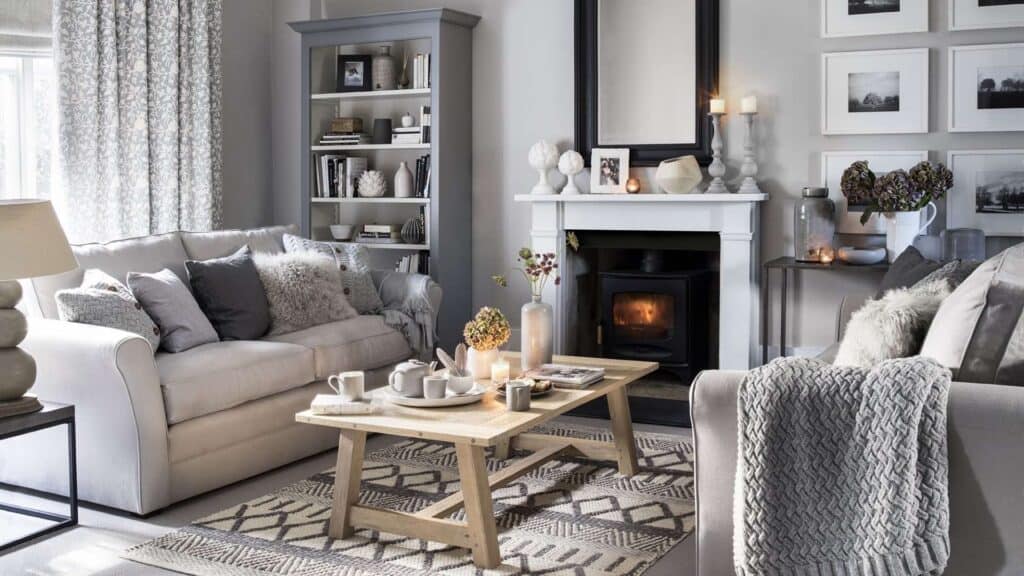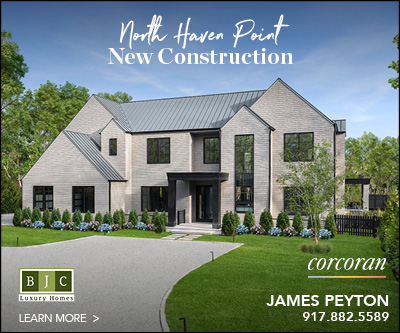Hygge – The Danish Art of Contentment
So, you haven’t heard of hygge, the Danish art of contentment? Well you’ll be hearing more and more about it. It has been named to Oxford Dictionaires’ “word of the year” list. And, if you do a search on Amazon you will find many books on the subject, a game, recipes, candles, even a T-shirt. They all want to let you into the secret of why Danes are the world’s happiest people.

It wasn’t always thus. A century or so ago Denmark boasted a large empire and its people were as miserable as everyone else. But when its power began to wane, its citizens compensated by developing an insular mindset. While the country had looked outward for its power previously, it was time to delve inward: both inside the home and inside the person.
While there is no translation into English, many define hygge (pronounced “hue-guh”) as “coziness.” It is that and then some. It’s about doing things that make you feel good, especially around the home – from relaxing in a candlelit bathtub to hanging out with friends enjoying togetherness and conviviality. It’s about quietly celebrating life’s little moments and being in the moment. Call it Danish Zen if you will.
Images depicting hygge are often of a curled-up kitty, a smoldering fire, a pair of slippers, a pile of books by the bed, a bird’s nest – all meant to reinforce the idea of shelter. For some reason there seem to be loads of pictures depicting a mug of cocoa – you’ve got to love a philosophy where chocolate is a component.
“It is a feeling of being warm, safe, comforted and well,” according to The Book of Hygge: The Danish Art of Contentment, Comfort and Connection. “To hygge is to invite intimacy and connection.” As you can see, the term is used as a verb as well as a noun and adjective.
Danish philosopher Soren Kierkegaard captured hygge’s challenge when he wrote: “Most men pursue pleasure with such breathless haste that they hurry past it.”
The sharing of meals and the act of cooking are huge in hygge. In How to Hygge: The Nordic Secrets to a Happy Life, a cookbook and wellness guide, the author has a section on “Twenty Steps to Nordic Kitchen Hygee,” which advises us to “master at least five ways to cook with nature’s original superfood: the egg” and “take the time to make a simple loaf of bread.” She also rhapsodizes on triple cherry gløgg, a mulled wine with cardamom pods and star anise that she calls “healthy hedonism.”

While much centers around the sanctuary of home (eluding those frigid Nordic winters), the outdoors also has a place in hygge. Playing sports or just picking wildflowers – both are preferable to going to the gym or ordering a bouquet online. Forage for berries, take a hike, grab a paddleboard. Biking is a hygge pursuit too – but don’t do it on a high-speed racer but rather the slow kind with a woven basket. To appreciate nature is to hygge.
Hygge encompasses embracing the mundane and is consciously practiced in everyday routines. Instead of sweeping the porch or making the bed with a feeling of resentment, you instead honor the sense of ritual.
According to an article about the subject in the New Yorker, hygge is about “artisanal this and homemade that, fetishizing what’s rustic as authentic, what’s simple as sophisticated: urban American sophisticates already know this aesthetic; we’ve aspired to it for a long time.” Amen.








![Join us May 6th at The Harmonie Club for the Spring Salon Luncheon, a beautiful gathering in support of a truly meaningful cause. Together, we’ll raise critical funds and awareness for @campgoodgriefeeh—@eastendhospice’s summer bereavement camp helping children and teens navigate loss with compassion, connection, and healing. [link in bio]](https://hamptonsrealestateshowcase.com/wp-content/uploads/sb-instagram-feed-images/491527001_18506092897030135_3117653411609489602_nfull.webp)
![Welcome to this exquisite custom-built home in the prestigious Quogue South estate section, just moments from Dune Road and some of the world’s most breathtaking ocean beaches. Completed in 2024, this expansive shingle-style residence offers 6 beds, 7 full and 2 half baths, a separate legal guest cottage, heated gunite saltwater pool with spa, all set on a beautifully manicured 0.74± acre lot. Represented by @lauren.b.ehlers of @brownharrisstevens. [link in bio]](https://hamptonsrealestateshowcase.com/wp-content/uploads/sb-instagram-feed-images/491516869_18505931593030135_4655757731678000577_nfull.webp)
![Discover 11 Oyster Shores, a unique marriage of thoughtful design, uncompromised execution and meticulous craftsmanship expressed across nearly 6,000± sq. ft. of highly curated living space. Brought to life under the watchful eye of Blake Watkins, the visionary behind WDD, the project is a refreshing departure from the ordinary. Represented by @nobleblack1 of @douglaselliman. [link in bio]](https://hamptonsrealestateshowcase.com/wp-content/uploads/sb-instagram-feed-images/491440257_18505740808030135_9064730571228880657_nfull.webp)
![Reserve your ad space now in the Memorial Day “Summer Kick-Off” Issue of #HRES! 🍋 Be seen by high-end buyers and sellers across the Hamptons, Manhattan, and South Florida—just in time for the start of the season. Secure your spot today and make waves this summer 🌊☀️ [link in bio]](https://hamptonsrealestateshowcase.com/wp-content/uploads/sb-instagram-feed-images/491441694_18505573426030135_4475989184561040528_nfull.webp)

![Tuesday, April 15, was Tax Day for most, but for someone in Palm Beach, it was closing day! The nearly 8,00± sq. ft. Mediterranean-style residence at 240 N Ocean Boulevard, with direct ocean views and a private, 100-foot beach parcel, closed at exactly $26,670,750. The seller was represented by Jack Rooney of @douglaselliman and Elizabeth DeWoody of @compass while Dana Koch of @thecorcorangroup brought the buyer. [link in bio]](https://hamptonsrealestateshowcase.com/wp-content/uploads/sb-instagram-feed-images/491445351_18505056166030135_4907944420436119099_nfull.webp)
![Previously featured on our 2024 Columbus Day issue cover, 74 Meeting House Road has officially sold! This stunning new construction in Westhampton Beach offers the perfect blend of thoughtful design and timeless style. Congratulations to @kimberlycammarata of @douglaselliman who held the listing! [link in bio]](https://hamptonsrealestateshowcase.com/wp-content/uploads/sb-instagram-feed-images/491441951_18504901357030135_2664904795600183799_nfull.webp)
![Located South of the highway in Southampton this 4 bedroom, 5.5 bath multi-story property, offers extensive exterior architectural detail throughout. 60 Middle Pond Road offers breathtaking views and tranquil living, nestled along the serene shores of Middle Pond and Shinnecock bay. Represented by @terrythompsonrealtor @douglaselliman. [link in bio]](https://hamptonsrealestateshowcase.com/wp-content/uploads/sb-instagram-feed-images/491451873_18504686110030135_5284427082339135969_nfull.webp)
